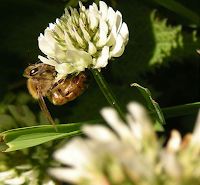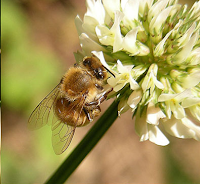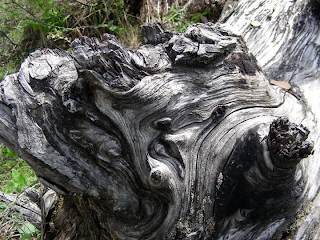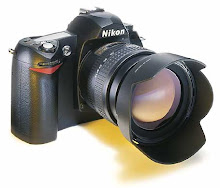What do you mean by photography?
Hey, guys! Once you have a camera in hand, the obvious thing is to start shooting. Right? It is general that you purchase a good camera and are really high on shooting at various sites like mountains, beach, sunsets, party or even sport or general objects. When you shoot at multiple locations and come back to your room and load the pics on PC, suddenly you notice they are not matching your expectations. Worried about what went wrong? Whether the camera was faulty? Can't guess, right?
Here is the answer, most probably there is nothing wrong with the camera. Instead you are the one who made mistakes taking the photos. Quite hard to digest? But it's true. Most of the times people purchase a camera out of a craze. They really are unsure about what they are shooting while clicking. Once you are confirmed about the reason or object you are shooting, you won't be making mistakes normally.
There are few points to consider which gives basic idea about beginning to shoot.
- What do you mean or see in a photograph?
So when you take any picture first be assured what you want to capture. Identify your subject or frame and think about how you can highlight it. For beginners or when you are not sure try to take pictures from different angles and different frames, zooming in to highlight the object, zooming out to give feel about the surrounding. Or change angles to show different backgrounds etc. You can try low angles or take photo from height to make it look totally different.
 |
| Low angle shot |
 |
| Close-up |
 |
| High angle shot |
- Keep your subject/object as center of attraction
 |
| Pattern of wood covering maximum frame area |
or the photo should frame the subject as a part in the picture. Here, we apply the Rule of third.The rule states that the subject should be caught in one of the four quadrants of the frame.
 |
| Rule of third (Bee (object) is caught in the top left quadrant) |
Sometimes it is advisable to break the rule of third (with a creative vision of course) and frame the object in diagonal way to highlight it against the background.
 |
| A stick captured diagonally against the snow-clad mountain adding a different POV to otherwise an ordinary snow landscape. |
- Using different techniques to shoot.
Try out low/high angle for making the photo look different. Low angle photos will highlight the subject and will make it look prominent and taller than in real. Whereas high angles make it appear smaller and more grounded.
Zoom can be used to highlight the subject by letting it take more space in the captured frame.
Make use of different lighting situations to add effects in the photo. Soft lights are more useful in model photography, to shoot objects like apple, table, stairs etc. Hard light are useful for shooting in black and white mode to allow better contrast. It is typically used while shooting moods in the picture captured. Natural lights are good to shoot landscapes. Try taking landscape photos in morning, the soft sunlight and cold of morning makes the landscape look mystic where the clouds are low and the sun rays are shining through the clouds making their way towards earth. The evening lights add sadness or loneliness in the photo. You can use it to shoot a lonely or remote hut, or lonely boat in the sea etc.
Depending upon the lights available for shooting decide whether to use flash or not. Remember flash is useless when you shoot from a distance more than 15 feet or so. So turn it off in that case cause its the most costlier feature in terms of battery power consumption. Also many a times adding flash may over burn your image, particularly taking macro pictures or close ups. For instance when zooming in on somebody's face added flash may make his face look white or over lit.
Check your position of shooting. When shooting from opposite to any light source, your subject will appear darker or even black.
Always remember you are smarter than your camera.... ;)
